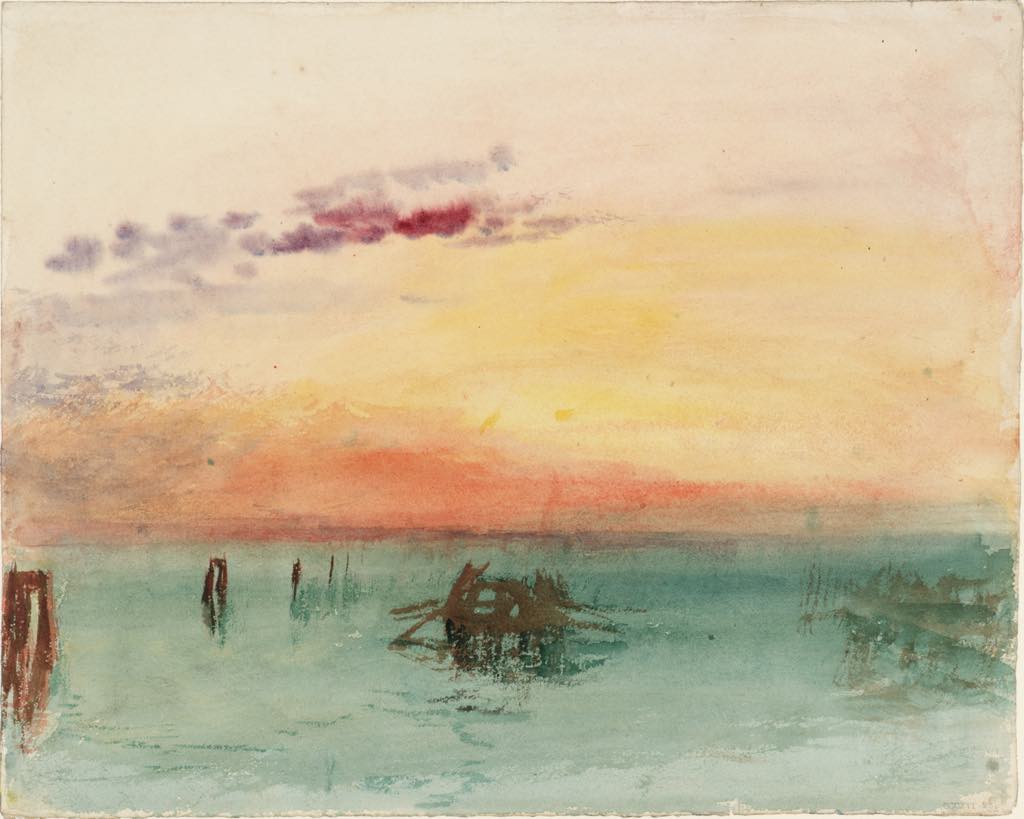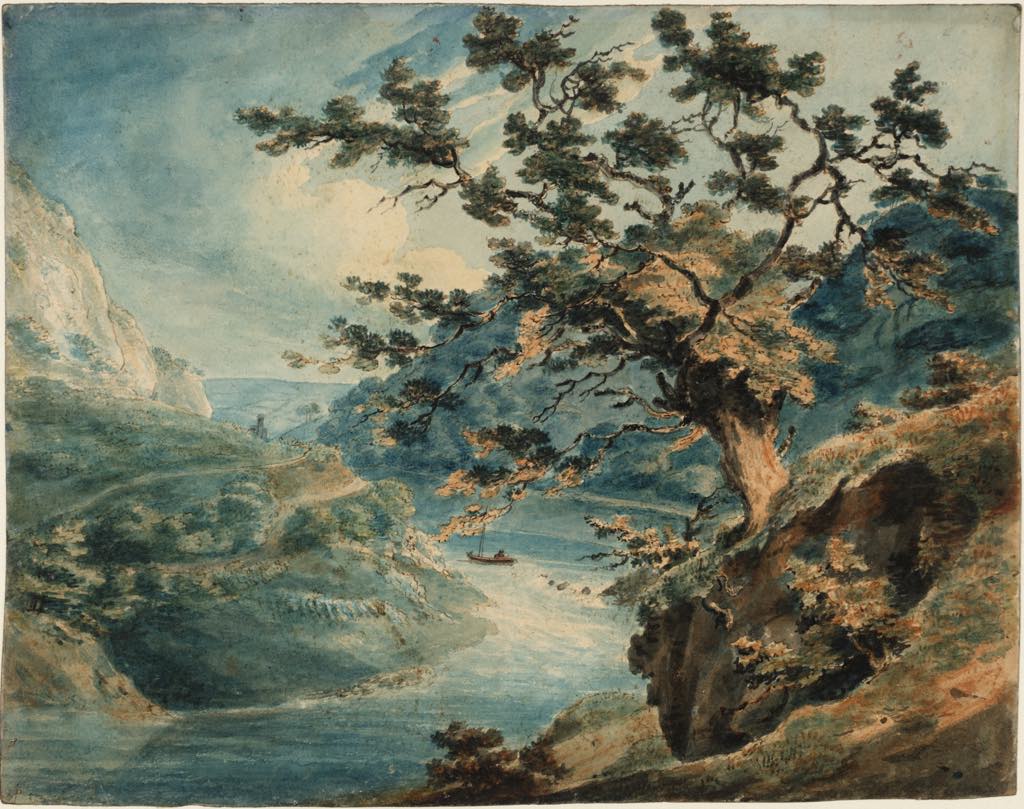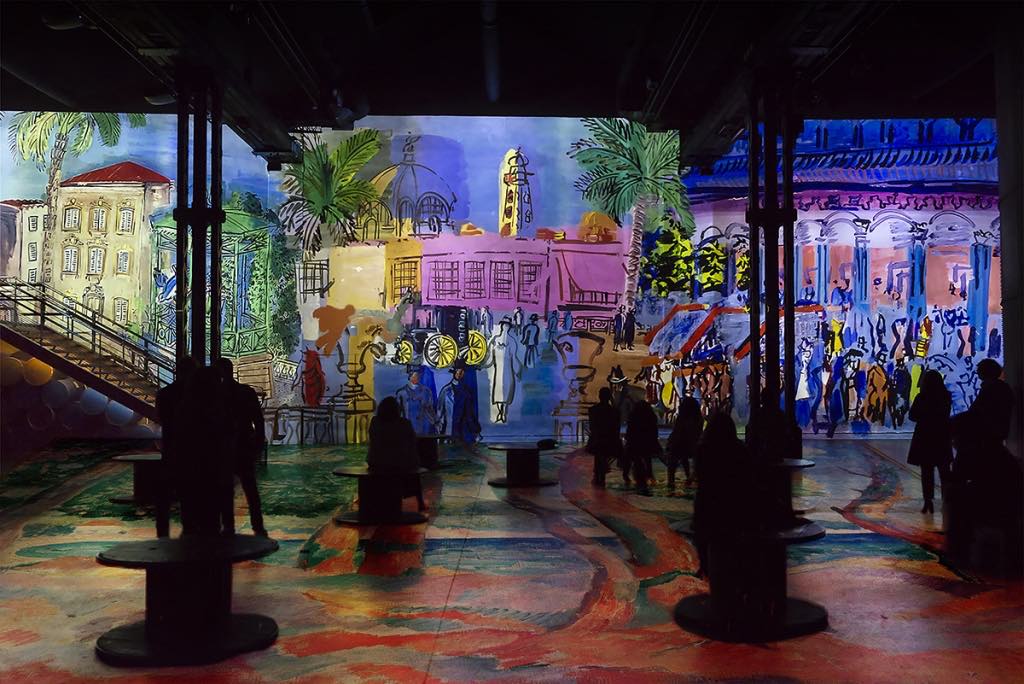Paris is still transitioning between full lockdown and full freedom of movement. Parks, restaurants and cafés remain closed, but little by little, life is returning to near-normal – to the chagrin of those who were enjoying the new tranquility, clean air, thriving vegetation and audible birdsong.
Some good news this week: two of the most popular Paris museums reopened yesterday: the Musée Jacquemart-André and the Atelier des Lumières. Both require advance booking online, a mask for all visitors and social distancing of 1 meter, and both will restrict the number of visitors at one time and provide hand sanitizer. The cloakrooms will be closed, and audioguides will not be available (the Musée Jacquemart-André has an app in French and English to guide you through the museum and the temporary exhibition).
In early March, I had the good luck to see the Jacquemart-André’s current exhibition, “Turner: Watercolors and Paintings” (through January 11, 2021), which opened just before lockdown shuttered the stately 19th-century mansion. The focus here is on what makes J.M.W. Turner (1775-1851) so special and sets him apart from his contemporaries: his marvelous watercolors, with no fewer than 60 of them on show. There are also 10 oil paintings, all of them lent by Tate Britain, holder of the world’s largest collection of Turners.
The exhibition confirmed my impression – and I am sure I am not alone in this – that many of Turner’s finished oil paintings are highly proficient but rather conventional, while his seemingly dashed-off watercolors are positively dazzling.
Turner studied at the Royal Academy and could talk the talk and paint the paint when it came to pleasing the critics and the public with his academic works, but it is his experiments and the hasty sketches made in preparation for other works – or for their own sake and his own pleasure – that we find pleasing today, with their merely suggested forms and explosions of gauzy light and color. In his own time, his later works of this type were seen as a sign of senility by some of his contemporaries, but today they are often regarded as precursors of Impressionism or even abstraction. After eight weeks of confinement, seeing these luminous works in person is sure to have an uplifting effect on visitors.
If you are inspired by the show, you might want to seek out Mike Leigh’s 2014 film Mr. Turner, in which Timothy Spall portrays the artist as a rather repulsive but highly creative curmudgeon. It is one of the best inside looks at an artist at work that I have seen on film.
The Atelier des Lumières (read a review of a previous exhibition here) offers “experiences” in which great paintings are transformed into room-filling projections of light and color onto the walls of a former factory, accompanied by a soundtrack of appropriate music. The two digital exhibitions on at the moment (all through January 3, 2021) are “Monet, Renoir… Chagall: Journeys around the Mediterranean,” featuring visions of the Mediterranean by 20 artists; and “Yves Klein: Infinite Blue,” a plunge into the world of one of France’s most original 20th-century postwar artists.
In case you missed the series “Francophiles’ Guide to Quarantine” (French brain teasers, free films, audiobooks, art, music, comedy, SOS Help hotline, and more) read them here, here, here, here, here, here, here, here, here and here.
Favorite


